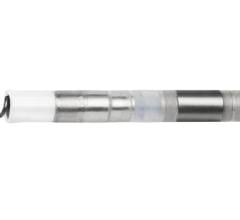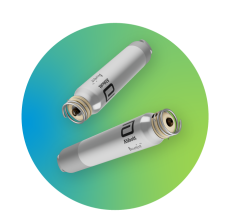June 4, 2009 – New research proves the feasibility of leadless pacing in heart failure patients with ultrasound-mediated stimulation energy, which was published in the June edition of the HeartRhythm Journal, the journal of the Heart Rhythm Society (HRS).
The study sought to apply ultrasound-mediated leadless pacing technology in heart failure patients and to evaluate the effects of respiration and body posture on the acoustic window. HRS said the study is the first of its kind to demonstrate successful leadless pacing in human subjects with advanced heart failure.
Conducted by a team of researchers at the Queen Mary Hospital in Hong Kong in 2006, 10 patients were identified who underwent diagnostic testing with coronary angiography and left ventriculography. Patients who were age 18 or older, had an ejection fraction of less than or equal to 35 percent and were in New York Heart Association (NYHA) functional class III or IV were eligible to participate. An electrophysiology catheter incorporating a receiver-electrode to deliver ultrasound-mediated pacing was positioned in the left ventricle to determine the thresholds. The acoustic windows on the chest wall were determined based on the effects of respiration while the patients were lying on their back, tilted 30 degrees leftward, rightward and upward.
“It was our objective to conduct a study that would demonstrate the feasibility of leadless pacing in patients with advanced heart failure,” said lead author Dr. Kathy L. Lee, MBBS, from the department of medicine at the Queen Mary Hospital in Hong Kong. “We believe our study will generate further interest in leadless pacing and encourage future technological advancements in this area.”
The results of the study found ultrasound-mediated pacing to be successful in all 10 patients who participated, showing a 100 percent success rate. The acoustic window size was adequate for ultrasound transmission from the chest surface to a receiver electrode in the left ventricle, regardless of patient position or respiratory phase. Thus, the ability to perform leadless left ventricular pacing in heart failure patients using the novel technology under development proves to be feasible.
Leadless pacing is a potential breakthrough in pacing technology that provides the advantage to avoid all complications related to the insertion and existence of a pacing lead, such as infections and lead dysfunction, which can lead to severe cardiac problems or death.
For more information: www.heartrhythmjournal.com


 May 02, 2025
May 02, 2025 









